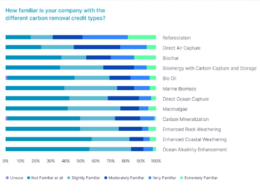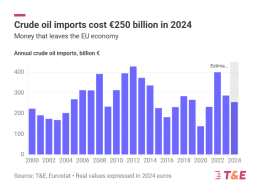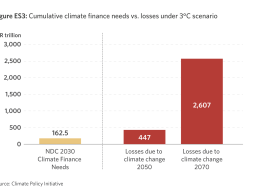Data centre capacity growth is essential to advancing AI and cloud computing in the US tech industry. However, the surge in power usage and emissions that comes with this expansion poses challenges to many tech companies’ carbon-reduction goals.
S&P Global Ratings projects a 12% annual increase in US data centre power demand through 2030. This rise could potentially double the tech sector’s carbon emissions, especially given constraints on renewable energy expansion and data centers’ need for reliable, stable power. As a result, about 60% of new demand through 2030 may rely on natural gas.
In the near term, heightened data centre emissions are unlikely to significantly affect operators’ credit risk, given their central role in AI and economic growth. The forecasted emissions increase by 2030 would only represent 2%-4% of 2023 US power-related emissions, comparable to the annual direct emissions of a typical US oil company. However, with tech as one of the few sectors rapidly increasing power use, it could face growing environmental pressures.
As cloud services become integral to consumer and business internet use, energy demand for data centres has surged. From social media and AI to entertainment, banking, and business tools, these services depend on robust data centre infrastructure. Data collection, processing, and AI migration will drive increased demand over the next decade.
Data centres’ carbon emissions stem mainly from high processor and data storage power needs, with cooling as a significant contributor—often accounting for 25%-40% of a data centre’s energy use, depending on climate and cooling methods.
US data centres consumed approximately 170 TWh in 2023, about 4% of the total demand, equating to 75 million tons of CO₂. Tech companies have led in setting ambitious environmental targets, with most aiming to cut direct (Scope 1) and purchased electricity (Scope 2) emissions by 2030. Some have even pledged net zero or carbon neutrality across their value chains (Scope 3), using carbon credits or removals to support these goals, often with specific renewable energy targets.





















